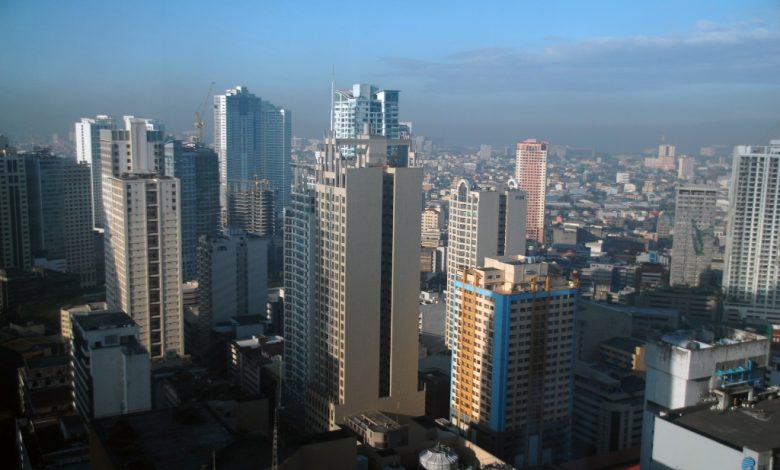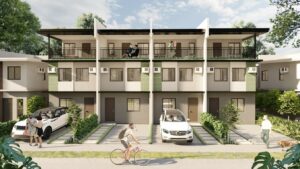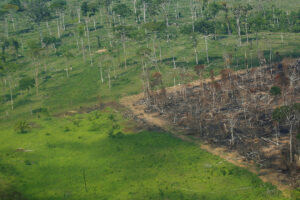BPOs seen to drive office space demand

By Keren Concepcion G. Valmonte, Reporter
OUTSOURCING FIRMS, e-commerce companies and data centers are expected to fuel demand for office spaces in the Philippines this year.
“The office market is projected to be in full recovery mode by the second half of 2022,” JLL Philippines Vice-Chairman Joey M. Radovan told BusinessWorldvia e-mail on Dec. 7.
“The IT-BPO (information technology-business process outsourcing) industry will remain resilient and will continue to pave the way for long-term office space demand across the country being driven by the countries attractive labor demographics,” he added.
Santos Knight Frank Occupier Services Senior Director Morgan McGilvray said the office market will see “reliable demand” from the BPO sector.
“Probably not as much demand as was seen in the post-global financial crisis period in 2011 to 2012, but I’d expect more demand in 2022 than we’ve seen in 2020 or 2021,” Mr. McGilvray said in an e-mail on Dec. 15.
David T. Leechiu, president and chief executive officer at Leechiu Property Consultants (LPC), said in a virtual call on Dec. 15 that firms abroad “cannot wait to enforce these new cost-cutting measures,” which already includes offshoring jobs to the Philippines.
E-COMMERCEMeanwhile, e-commerce companies and data centers are expected to take up more office space as their operations expand.
“They are a welcome relief because outside of the BPO sector, nobody really is taking large chunks of space,” Mr. Leechiu said.
KMC Savills said 62% of inquiries on spaces for warehousing came from data center providers. Based on the inquiries, companies were looking into renting spacing across Metro Manila and “growth areas in provinces.”
“The rise of digitalization, 5G mobile service, presence of fiber connectivity, and innovation and technology adoption make the country an attractive location for data center investments,” KMC Savills Co-Founder and Managing Partner Michael McCullough said in an e-mail on Dec. 15.
VACANCYMeanwhile, Mr. McCullough said the office market’s rebound will happen at a slow pace with vacancy rates projected to rise to 21%, up from the 19% vacancy rate logged in 2021.
“On the bright side, the rate difference could be lower from the 10% jump in 2020-2021,” he said.
More organizations are also expected to continue implementing a hybrid work model as the pandemic drags on.
Property consultants said this is now a “good time” to get prime office spaces due to the cheaper rental rates.
“They’re cheap. For example, Ortigas rents have come down significantly and Ortigas is also home to some of the nicest buildings in the market,” Mr. Leechiu said, adding that this would benefit retail firms that are looking to expand amid the health crisis.
Landlords are offering “better leasing concessions” to entice locators.
“Capital costs remains a barrier if budgets can be approved—that is why some landlords have structured deals where they can offer concession to address this,” JLL Philippines’ Mr. Radovan said.
The exit of Philippine Offshore Gaming Operators (POGO) has also contributed to the increased vacancies, which pushed rents lower.
In a report on Dec. 15, Leechiu Property Consultants said rental rates in so-called “POGO hotspots” Bay Area and Quezon City have seen a downtrend. Rates in Makati, Bonifacio Global City, and Filinvest City in Alabang, on the other hand, are “holding up” due to the presence of IT-BPM firms and other multinational companies.
Companies are also expected to continue taking up spaces outside Metro Manila, such as in the cities of Cebu and Iloilo.
JLL Philippines’ Mr. Radovan said they are “looking North,” where new developments are being built in the Northern Luzon corridor alongside government’s infrastructure developments.
SUSTAINABILITYProperty consultants also expect greater demand for properties with sustainability features.
“The increased interest on green buildings is mainly driven by the fact that the spread of COVID-19 may be mitigated through effective ventilation and air filtration in enclosed spaces,” Santos Knight Frank said in an e-mail on Dec. 15.
Sustainable or green features include curtain wall systems with thermal insulation, touchless access in elevators, vertical gardens, UV disinfection lifts, and filtered air circulation systems.
“From 2021 to 2023, about 40% of the new supply will be Leadership in Energy and Environmental Design (LEED) or WELL-certified buildings,” Colliers Philippines said in a Dec. 20 report.




